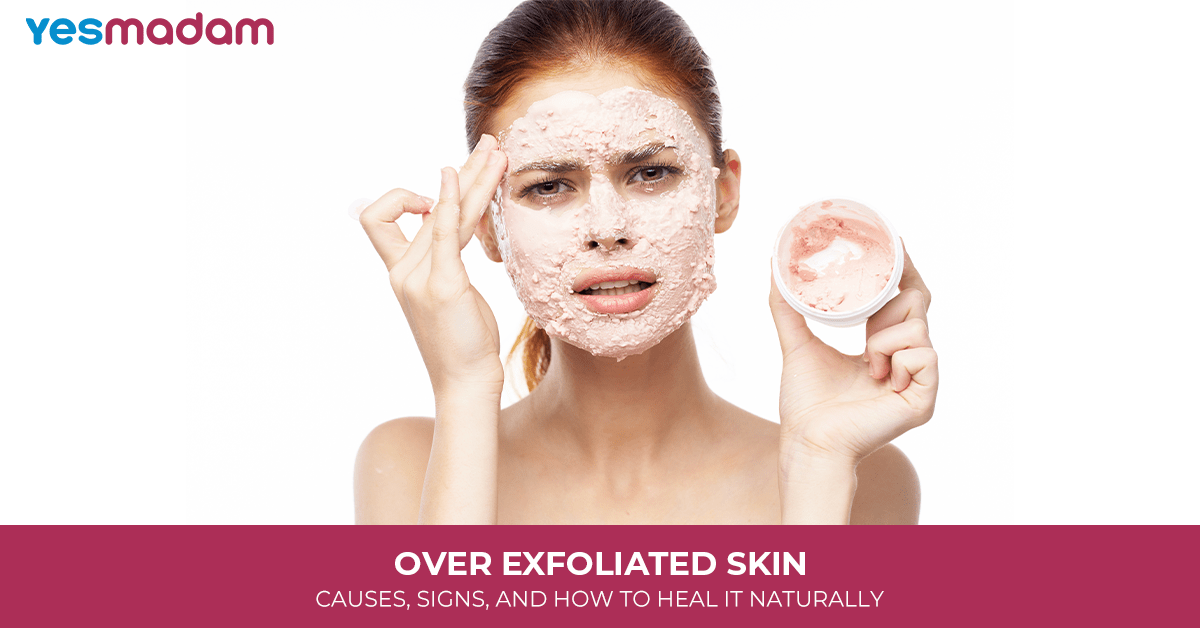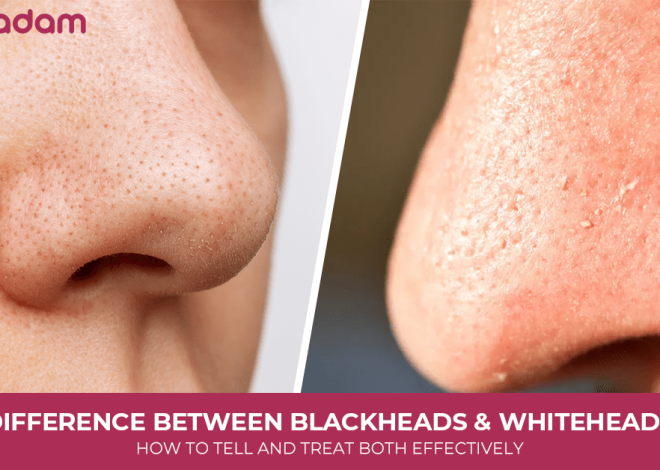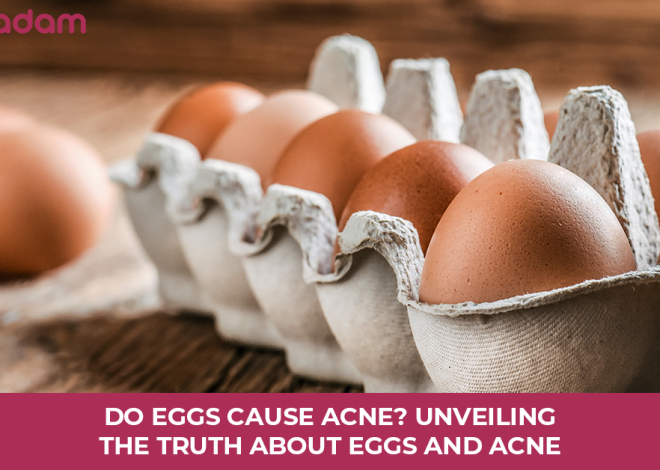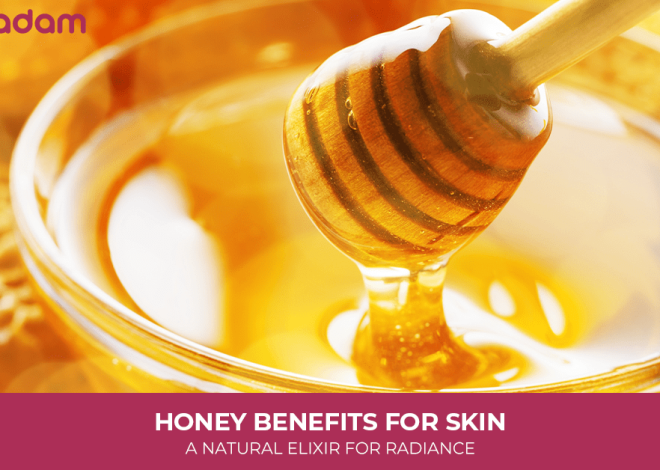
Over Exfoliated Skin: Causes, Signs, and How to Heal It Naturally
If your skin feels unusually tight, sensitive, or flaky after your skincare routine, you might be dealing with over exfoliated skin. Exfoliation is key to removing dead skin cells and revealing a fresh complexion, but when done excessively, it can do more harm than good. Overdoing exfoliation damages the skin barrier, leading to irritation, redness, and breakouts. In this blog, we’ll dive deep into the causes, symptoms, and remedies, plus expert tips to prevent over exfoliation while still keeping your skin radiant and healthy.
Table of Contents
What Is Over Exfoliated Skin?
Exfoliation is the process of removing dead skin cells from the surface of your skin to keep it fresh and glowing. However, the skin has a natural barrier made up of oils, proteins, and moisture that keeps it balanced. When exfoliation is done too often or with overly harsh products, that protective layer gets stripped away. This condition is known as over exfoliated skin.
Without this barrier, your skin is exposed to external irritants, loses hydration quickly, and struggles to repair itself. Over time, this can cause redness, flakiness, and even worsen existing skin concerns.
Common Signs of Over-Exfoliation

When you’ve gone too far with exfoliation, your skin will let you know. These symptoms are its way of crying out for help. Understanding the signs early can save you from long-term damage.
1. Redness and Inflammation
One of the first giveaways is persistent redness. The skin looks flushed, feels hot to the touch, and may even resemble a mild sunburn. This is because your skin’s protective layer is compromised, allowing inflammation to surface easily.
2. Increased Sensitivity
Skin that was once tolerant suddenly reacts badly to products. Cleansers sting, moisturizers burn, and makeup feels uncomfortable. This is a classic sign that your barrier has been stripped.
3. Persistent Dryness and Flakiness
Instead of the smooth texture you were aiming for, your skin may become parched and start shedding in visible flakes. This happens when the natural oils that keep skin soft are stripped away.
4. Breakouts and Irritation
Ironically, instead of preventing acne, over-exfoliation can trigger it. The weakened barrier allows bacteria to penetrate more easily, leading to clogged pores, bumps, and inflamed breakouts.
Causes of Over Exfoliated Skin
Knowing what leads to over exfoliation helps you avoid these common mistakes. Often, it’s not one factor but a combination of habits that damage the skin barrier.
Using Harsh Scrubs Too Frequently
Scrubbing feels satisfying, but physical exfoliants with rough particles can cause micro-tears in the skin when used more than once or twice a week. These tiny tears weaken the surface and cause long-term sensitivity.
Overuse of Chemical Exfoliants
AHAs and BHAs are powerful tools for smooth skin, but daily use or layering multiple acids accelerates damage. Chemical exfoliants should be treated like medicine—effective, but only when used with moderation.
Combining Too Many Active Ingredients
Using retinol alongside glycolic acid, salicylic acid, and scrubs is a recipe for disaster. Each active is strong on its own, and combining them overwhelms your skin’s ability to repair itself.
Ignoring Your Skin Type
Not every product is for every skin type. For example, sensitive or dry skin cannot handle the same level of exfoliation as oily or acne-prone skin. Customizing your routine to your skin’s needs is crucial.
How to Heal Over Exfoliated Skin

Recovery is possible, but it requires patience and consistency. The goal is to rebuild your barrier, restore hydration, and protect your skin while it heals.
Step 1: Stop Exfoliating Immediately
The first and most important step is to hit pause. Put away scrubs, peels, and acids for at least 2–3 weeks. Giving your skin time to recover is non-negotiable.
Step 2: Focus on Barrier Repair
Moisturizers rich in ceramides, fatty acids, and hyaluronic acid are your best friends. These ingredients mimic the skin’s natural components and help rebuild the damaged barrier.
Step 3: Switch to Mild Cleansers
Ditch the foamy, drying cleansers. Instead, opt for creamy or gel-based ones that remove impurities without stripping essential oils. Gentle cleansing is vital during recovery.
Step 4: Add Soothing Ingredients
Soothing ingredients calm irritation and reduce inflammation. Look for aloe vera, colloidal oatmeal, panthenol, or niacinamide in your products. These act as “first aid” for stressed skin.
Step 5: Protect with Sunscreen
Healing skin is extra vulnerable to sun damage. Daily sunscreen use, even indoors, prevents further harm and supports recovery. Go for a mineral sunscreen with zinc oxide or titanium dioxide for less irritation.
Preventing Over Exfoliation
The best way to deal with over exfoliated skin is to prevent it in the first place. Prevention comes down to balance and mindfulness in your skincare routine.
Know Your Skin Type
Oily skin may tolerate more frequent exfoliation, while dry or sensitive skin needs a lighter approach. Knowing your type helps set the right schedule.
Start Slowly
Instead of diving in daily, begin by exfoliating once a week and see how your skin responds. Slowly increase frequency only if your skin can handle it.
Avoid Mixing Multiple Exfoliants
More is not better in skincare. Stick to one exfoliant type at a time, either a mild scrub or a chemical peel, not both.
Listen to Your Skin
Your skin gives signals. Redness, burning, or dryness means it’s time to cut back. Ignoring these signals only leads to barrier damage.
Conclusion
Over exfoliated skin is a wake-up call that sometimes, less is more in skincare. While exfoliation is essential for glowing skin, it must be done mindfully. By recognizing the signs, avoiding harmful habits, and focusing on barrier repair, you can restore balance and prevent future damage. Treat your skin gently, protect it with sunscreen, and remember—healthy skin doesn’t need extreme measures, just consistent care.
FAQs
1. How long does it take for over exfoliated skin to heal?
Healing time varies depending on severity. Mild cases can recover in about a week with proper care, while severe barrier damage can take 3–4 weeks or longer.
2. Can over exfoliated skin cause permanent damage?
Most of the time, the damage is temporary. However, if over exfoliation is repeated often, it can lead to long-term sensitivity and compromised resilience.
3. Should I moisturize over exfoliated skin?
Yes, moisturizing is essential. Choose a nourishing formula with ceramides and fatty acids to strengthen the skin barrier and lock in hydration.
4. Can I still use retinol if my skin is over exfoliated?
No. Retinol is too harsh for compromised skin. Wait until your barrier is fully healed before reintroducing it slowly into your routine.
5. Is sunscreen necessary when my skin is already irritated?
Definitely. Over exfoliated skin is more prone to sunburn and UV damage. A gentle, mineral-based sunscreen helps protect and soothe irritation.
6. What ingredients should I avoid on over exfoliated skin?
Skip strong acids, retinol, benzoyl peroxide, and alcohol-based toners. These ingredients will only worsen sensitivity and slow down healing.
7. Are natural remedies effective for soothing over exfoliated skin?
Yes, natural remedies like aloe vera gel, honey masks, or cucumber slices can calm inflammation. But they should support—not replace—moisturizers and sunscreens.
8. How can I prevent over exfoliation in the future?
Limit exfoliation to 1–3 times per week, depending on your skin type, and always monitor how your skin reacts before increasing frequency.
9. Can I exfoliate if I have acne?
Yes, but cautiously. Opt for BHAs like salicylic acid that penetrate pores without irritating the surface, and avoid harsh scrubbing.
10. When should I see a dermatologist for over exfoliated skin?
If irritation lasts beyond a month, or if you notice severe swelling, painful breakouts, or worsening sensitivity, consult a dermatologist for professional help.



